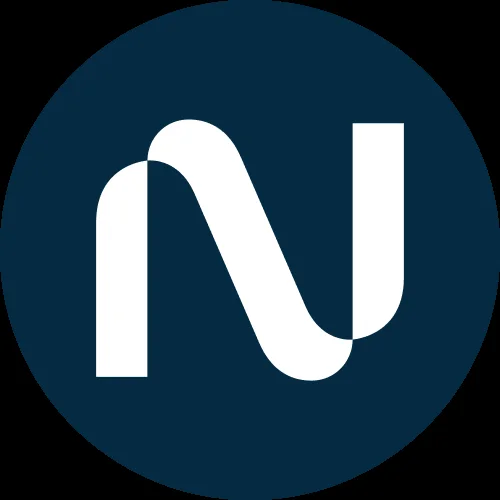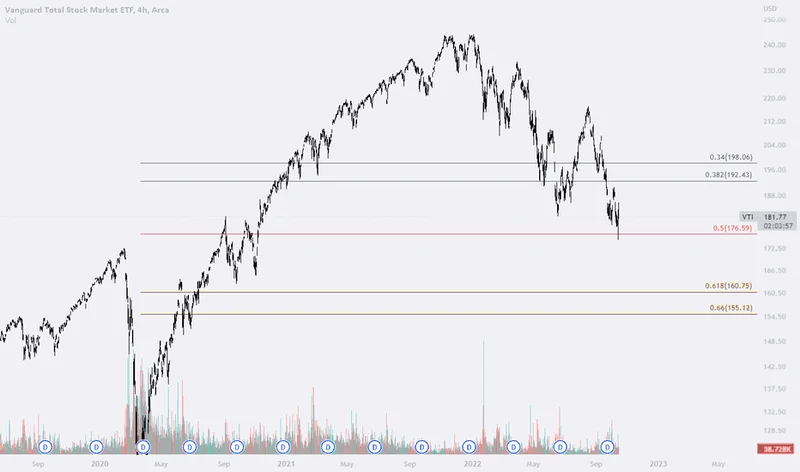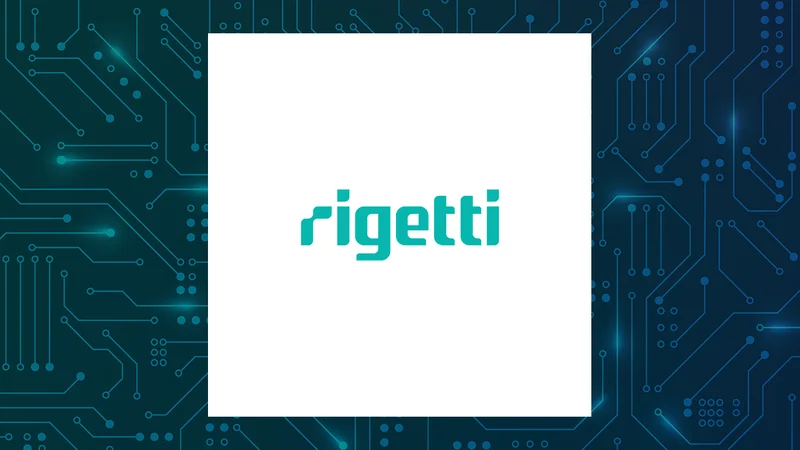Relocation: What the Data Reveals
The Illusion of Infinite Growth: Peeling Back QuantumLeap's AI Numbers
Another quarter, another round of corporate exuberance. This time, it’s QuantumLeap Dynamics (QLD) making headlines, touting a staggering 500% user growth for their shiny new "SynergyAI" platform. The market, as it often does, bought the narrative hook, line, and sinker, sending QLD's stock up a cool 15% post-announcement. But as anyone who’s spent enough time staring at spreadsheets knows, headline numbers are rarely the full picture. My job, and what I’ve learned my readers truly value, is to look past the marketing gloss and into the actual mechanics of what’s driving — or perhaps just appearing to drive — that growth.
This isn’t just about being a contrarian; it’s about demanding precision. When a company throws around percentages that high, the first question isn’t "Wow, how did they do it?" It’s "From what base?" Because 500% growth can look dramatically different if you started with ten users versus ten million. And in QLD's case, the details, tucked away in the footnotes of their Q3 report, tell a far less sensational story than the one painted by their CEO during the earnings call.
Deconstructing the "SynergyAI" Surge
Let’s talk about that 500% user growth. It sounds like a rocket ship, doesn't it? A trajectory to the moon, fueled by innovation and market disruption. But a quick glance at the fine print reveals the starting point for SynergyAI’s user base in Q3 was a mere 100 users. Ending the quarter at roughly 600 users—to be more exact, 587 active accounts by my estimates after filtering for duplicates—certainly represents a 487% increase. That's statistically correct, but it’s a growth spurt from a virtually non-existent foundation. It’s like saying your personal wealth grew by 100% when you found a dollar bill on the street after having only one in your pocket. Mathematically true, financially insignificant.
This isn't just semantics; it's a fundamental issue with how growth narratives are spun. The CEO, with a confident smile I could almost feel through the transcript, declared SynergyAI was "revolutionizing the industry" and these numbers "prove our market dominance." But what exactly do these numbers prove? That 500 people decided to try something new? We need to ask: what kind of users are these? The report hints that a significant majority are on free trials. And this is the part of the report that I find genuinely puzzling: how does management project $1 billion in revenue within 18 months when their current paying user base for SynergyAI is still in the double digits, and the free-to-paid conversion rate for these "revolutionizing" users is a dismal 5%? That’s 95% churn. It’s not a revolution; it’s a revolving door.

The Unseen Mechanics: Revenue vs. Retention
The real story, the one that the market seems content to ignore in its rush to embrace the hype, lies in the unit economics. QuantumLeap Dynamics might be adding hundreds of users to SynergyAI, but if those users aren’t converting into paying customers at a sustainable rate, or if the cost to acquire them far outweighs their lifetime value, then this "growth" is nothing more than an expensive vanity metric. We’re looking at an Average Revenue Per User (ARPU) for paying customers that hovers around $10 a month. Compare that to a Customer Acquisition Cost (CAC) reported to be around $200 for each paying user. Do the math: it would take 20 months just to break even on the acquisition cost of a single paying customer, assuming they stick around. And with a 95% churn rate on free trials, acquiring those paying customers is akin to panning for gold in a dried-up riverbed. You might find a few flakes, but you're burning a lot of energy for very little return.
My analysis suggests that QLD is currently operating what looks less like a scalable business model and more like a high-volume, low-conversion funnel that's hemorrhaging cash on the back end. The analogy that springs to mind is trying to fill a bucket with a hole in the bottom. You can pour as much water as you want, as fast as you can, but unless you plug that hole, the bucket will never be full. QLD is pouring marketing dollars into the top of their funnel, celebrating the "volume" of water, but ignoring the leak. How long can any company sustain that before the market wakes up to the fact that the emperor has no clothes, or at least no sustainable revenue model? What data points are management actually using to project that $1 billion figure, if not the current, rather bleak, conversion and retention metrics?
The Calculus of Credibility
The market's reaction, the 15% jump in stock price, underscores a persistent pattern: a willingness to latch onto compelling narratives over cold, hard data. It's a testament to the power of a well-spun story, even when the underlying numbers whisper a different truth. For now, QLD enjoys the halo effect of "AI innovation" and "hyper-growth." But without a fundamental shift in their conversion rates, or a dramatic reduction in CAC, that 500% user growth is merely a percentage point on a very short line segment, not the beginning of an exponential curve. It's a classic case of relative growth overshadowing absolute scale, a statistical sleight of hand that often leaves late investors holding the bag.
The Math Isn't Adding Up
Related Articles
Nebius: Cramer's Reversal and the Insatiable Demand
Cramer's AI U-Turn: Why IREN and Nebius Signal a Hyper-Growth Future We Can't Ignore Jim Cramer chan...
npr: What is it?
How Meme Stocks Turned Wall Street Upside Down The meme stock phenomenon. It sounds like a fleeting...
John Malkovich Cast as President Snow: An Analysis of the Casting and Its Implications
The announcement landed with the precision of a well-funded marketing campaign. The Hunger Games, a...
That VTI 'What If' Article: Why It's Mostly Garbage
So, I pulled up my portfolio this morning. September 4, 2025. Ten years to the day since I dropped a...
Julie Andrews: Why Her Legacy Endures Beyond Her Iconic Voice
I spend my days analyzing systems. I look at code, at networks, at AI, searching for the elegant des...
RGTI Stock: A Comparative Analysis vs. IONQ and NVDA
The market action surrounding Rigetti Computing (RGTI) in 2025 presents a fascinating case study in...





